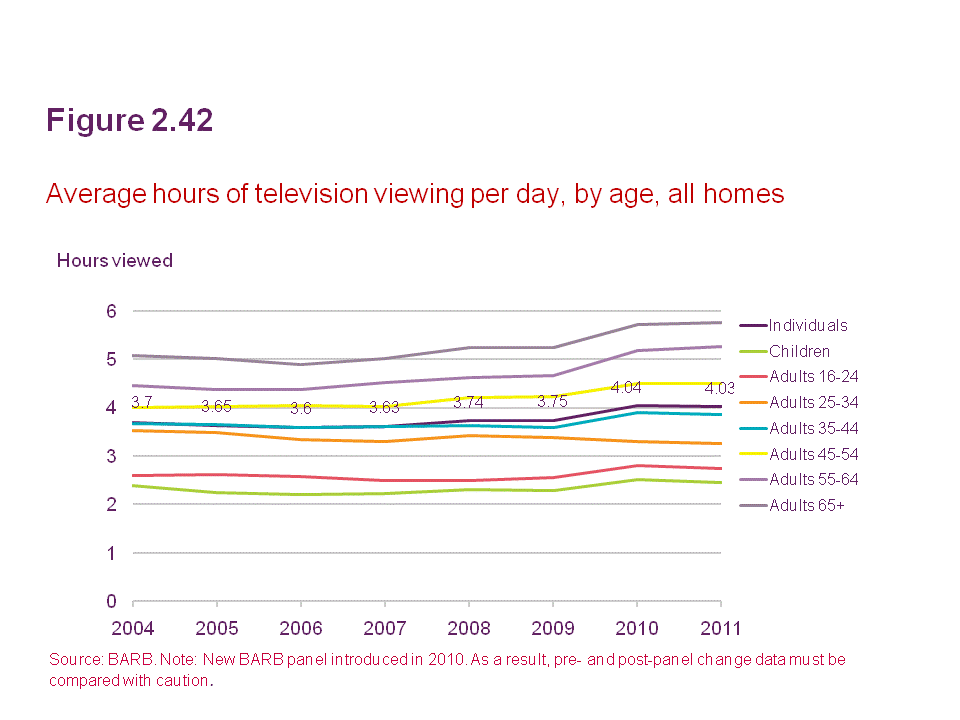Movie
Tourism
Destination Marketing through Film and TV
(YouTube, 2013).
In the world today, watching TV has become a natural part of every-day life and has turned into the most influential mass media communication and a very successful advertising channel (Hellemans, 2013).
When considering that on average in 2011 people watched 28 hours of television a week (Ofcom, n,d), it is negligent to ignore how much movies and adverts can influence someone’s decisions (Hellemans, 2013).
History shows that in the mid 1890’s destinations on almost every continent created travelogue films, focusing on their people, customs, natural landscapes and industry. Back then, this was the newest and most modern form of travel media replacing the photograph form (Hellemans, 2013). However according to Peterson (2013), travelogues are still very powerful tools for promoting a destination as they send the viewer into a daydreaming state of mind.
Many tourism boards now a days create these types of movies every year to try and promote their destination to tourists (YouTube, 2012; Thomas, 2011; Indonesia Travel, 2013).
Visit California Advert
Media based destination imaging
Can be seen in two forms:
Official imaging media (Adverts) – This is media designed by tourism marketers to promote a destination. The advantage of this method is that all the content is controlled by the marketing staff, which allows them to carefully select the kind of image they want the audience to receive by eliminating anything negative.
Unofficial imaging media (Movies) – These are the sources that are not solely created by tourism marketers promoting a destination but can increase tourism and influence expectations of a destination. The issue with this method is that there is more chance a negative image is portrayed (Hellemans, 2013).
 (Ofcom, n,d). |
|---|
“DISCLAIMER: This entire website including all linked pages has been submitted as partial fulfilment for the degree of BA(Hons) in International Tourism Management at the University of Central Lancashire (UCLan), Preston, UK. Specifically, this website has been submitted to module code TL2123 as an assessed undergraduate project within the Division of Tourism, Hospitality and Events Management. This website is not related to any specific organisation/product/service but is meant to demonstrate my understanding of Movie Tourism. No intention is made to any specific organisation, product, service and/or person. Any similarity to real-world organisations, including branding, images, and/or product and services are purely coincidental. Copyright of images remains with the original copyright owner”.